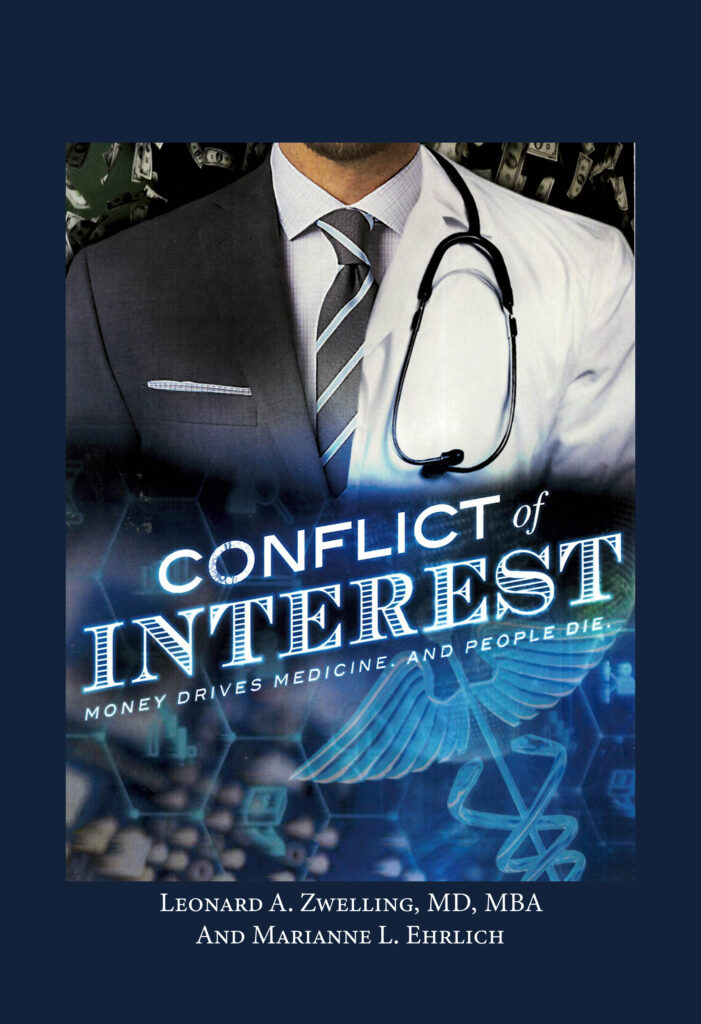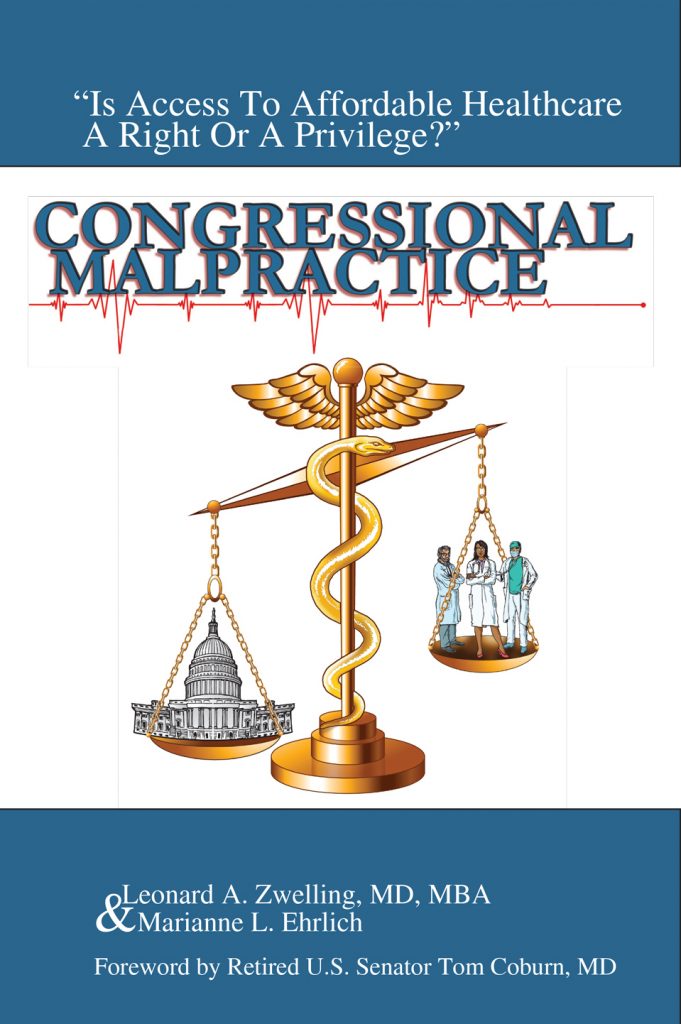Epidural
By
Leonard Zwelling
As readers know, YFB (your favorite blogger) has been battling a good, solid case of sciatica since playing 18 holes on October 29 and visiting my grandsons unable to stand up. In an effort to avoid the use of sharp instruments, my internist and I tried physical therapy, ARROSTI soft tissue chiropractic manipulation, acupuncture, and massage therapy plus lots of ice and at home exercises. It all worked, somewhat. I got back to playing nine holes of golf in pain. You see I had a classic L5 radiculopathy with pain in my lower leg and gluteal area. But why?
My medical school neurology teacher always taught us that with neurologic disease you define the anatomy, identify the cause, and formulate the treatment. I had fulfilled number one, but not the rest. In December, I called the office of the doctor who fixed my trigger thumb at the Fondren Orthopedic Clinic. I got the name of their best back doctor. On December 15, I went. I saw the doctor’s advanced nurse practitioner. They had been working together for over ten years doing 500 procedures per year. He did a thorough exam and picked up weakness in my right leg to go along with the radicular pain. I could not walk on my heels. He ordered the MRI with and without contrast.
I caught up with him about an hour after my test a week later.
“Your MRI is a mess.” This was not unexpected. The x-rays looked awful with scoliosis, many degenerative discs, and all kinds of bony changes. The MRI showed how the vertebrae no longer aligned and there were many impingements of bone on nerve space, especially at L5-S1.
“You’re not a surgical candidate. You have established an architecture in your distorted spine. Surgery might require several levels of fusion and we probably would not make you better.”
“What then?”
They decided that I needed epidural injections of steroids at L5 and while we were there, do L2, L3, and L4 as well. That’s how bad it is.
I was originally scheduled for January 22, but I begged to be moved earlier and the interventional anesthesiologist called me directly and moved me to January 8. That was yesterday as of this writing.
In the interim between the surgical consult and the epidural I got a second opinion from my son’s father-in-law, a famous orthopedic back surgeon in Jacksonville. He agreed with the Houston assessment after reviewing the MRI and examining me. No surgery; epidural steroids.
I showed up at the Fondren Orthopedic Clinic at about 7:50 AM on January 8 and found the right waiting room. I signed in on the clipboard for my doctor. I must have been number eight in line. Clearly, he did a lot of these.
I was given more forms to fill out and was called back in about 15 minutes. After the weigh in, I was ushered to a small, spare room with a dressing gown and no-slip socks on the gurney. I was to dress into these and wait. A nurse came in, got my vital signs, and we compared thoracic surgery battle stories. I had my by-pass scar and her scar from the pulmonic valve insertion to correct her tetralogy of Fallot was evident. We both had survived cardiac surgery pretty well.
Next came the nurse anesthetist who told me he doesn’t use one-size-fits all propofol, but rather eases his patients into unconsciousness. I was used to the one second venous burn and black out of colonoscopy. I doubted he would do anything different.
The doc showed up and he was a personable tall man in black scrubs who had wanted to do interventional anesthesiology since working with a neighbor who did it when the doc was in ninth grade. It sounded like I was in good hands.
I was moved from the small room to a slightly bigger one with an operating table and a fluoroscope. I rolled from the gurney—from face up to face down on the operating table.
“Now we will start the medicine,” said the anesthetist.
I had a vision of a Van Gogh country landscape with houses and hay stacks, but all in red. There was no burn. Then I was out. He had been right. He had eased me in.
The Graham crackers and peanut butter always taste great after you awaken and I was out the front door about 25 minutes later having been shown the fluoroscopic image of the four needles sticking into my epidural space through which the doc injected the Kenalog.
I’m about 24 hours out now. I’m better but not perfect like I was an hour after the procedure when the local lidocaine that he mixed with the Kenalog was still on board. We shall see how it goes. The alleviation of all symptoms by the local is a good sign.
The lesson for me has been think twice when trying to avoid sharp instruments. They can make your life better and if you want something done, call a surgeon. Words to live by.




